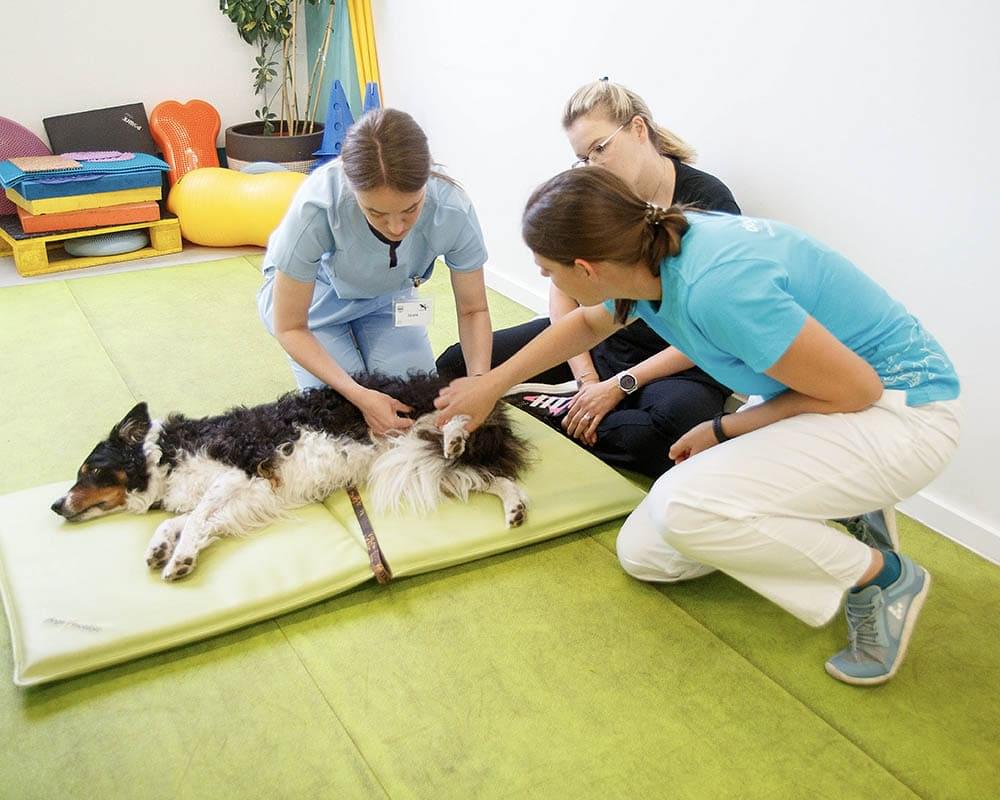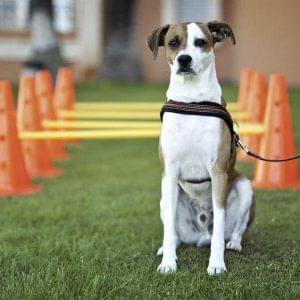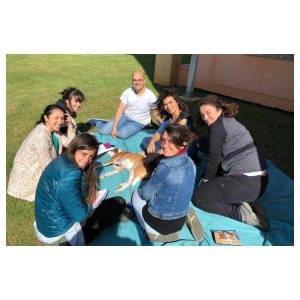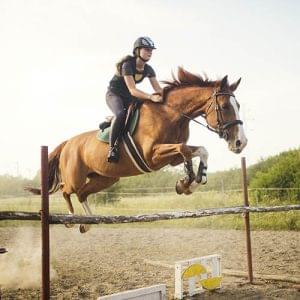$2,150.00
Zoom introduction, Homework, and Live Lab
In stock
- Description
- Event Details
- Course Details
- Learning Objectives
- Prerequisites
- Outline
- Certifications
- Additional Info
Description
Canine III: Physical Agent Modalities and Therapeutic Exercises (Live Lab)
This course will provide the participant with laboratory experiences for selected physical agent modalities used in canine physical rehabilitation. Superficial heating and cooling agents, therapeutic ultrasound, extracorporeal shockwave treatment, laser therapy, and electrical stimulation will be covered. A palpation lab on live dogs is included to review important anatomical structures for rehabilitation. This course also provides the participant with the basic skills necessary to prescribe and provide therapeutic exercise programs for dogs. Benefits and risks associated with therapeutic exercise programs will be covered along with outcome assessment of exercise programs. Topics covered include exercise physiology, range of motion and stretching, gait training, strengthening exercises, balance and proprioceptive exercises, aquatic exercises, and exercises for wellness/prevention. Outcome measures (goniometry, circumferential measurements, etc.) will also be practiced in this course. Orthopedic and neurological evaluation/assessment of the rehabilitation patient will also be reviewed and performed with supervision.
Canine IV: Putting it All Together: Designing & Implementing a Rehabilitation Program (Homework: Preparation, Live Lab: presentation and discussion)
Design and implement a comprehensive rehabilitation program for commonly seen orthopedic and neurologic conditions in the canine patient. A case study approach will be utilized teaming students from different professions.
Event Details
Reminder: Online lectures for Canine I and Canine II must be completed prior to attending this lab.
LAB DATES: September 25-28, 2024
Registration: 7:30am - Day 1-4: 8:00 am - 5:00 pm - (40 Hours of Lab time)
Start date: September 25, 2024
End date: September 28, 2024
Start time: 08:00 a.m. PDT
End time: 05:00 p.m. PDT
Venue: TBD in Petaluma, California
Course Details
| Instructor(s) | Darryl Millis, MS, DVM, DACVS, CCRP, David Levine, PT, PhD, DPT |
|---|---|
| Time | 40 hours |
| platform | Live |
| sponsors | Assisi Animal Health, DogTread, FitPaws, Go Hero Go, MYOS, PiezoWave VET, Vetoquinol, Walkin' Pets |
Learning Objectives
After successful completion of this course, the participant should be able to:- Palpate on live dogs the major muscles, boney landmarks, joints, ligaments, and other anatomica structures important for rehabilitation.
- Recognize differences in acute and chronic inflammation and the proper signs of each in clinical patients.
- Understand the basic regulatory issues involved with canine rehabilitation.
- Demonstrate proper understanding of the general guidelines when using physical agents as modalities.
- Apply superficial heat safely and competently as part of a laboratory experience.
- Apply cryotherapy safely and competently as part of a laboratory experience.
- Describe the typical parameters used in therapeutic ultrasound in small animal practice and demonstrate safe technique in preparing and applying ultrasound on dogs.
- Understand the basic principles of electrical stimulation including parameters, electrodes, motor stimulation, sensory stimulation, and edema reduction and demonstrate proper technique on dogs.
- Understand the basic principles of laser therapy in veterinary practice and demonstrate proper technique during treatment.
- Perform techniques of massage in small animal practice including its benefits, effects and general considerations.
- Demonstrate various exercise techniques on dogs in safe and proficient manner.
- Prescribe and provide therapeutic exercise programs for dogs to improve range of motion, strength, balance, endurance, and improved function.
- Understand the principles of proprioception and demonstrate useful proprioceptive exercises during canine rehabilitation.
- Proficiently demonstrate the use of various outcome measures used for the assessment of rehabilitation programs in dogs.
- Develop basic skills in understanding joint function and demonstrate proper technique with goniometry on dogs.
- Describe the use of aquatic therapy in rehabilitation and demonstrate proficiency in basic aquatic therapy with dogs.
- Demonstrate an understanding of how to safely progress a dog in a rehabilitation program.
- Develop a basic understanding of joint mobilizations along with normal and abnormal end feels in dogs.
- Understand the normal and abnormal characteristics of canine gait and be able to describe each joint relative to different parts of a gait cycle.
- Competently perform selected orthopedic/neurological evaluation/assessment techniques on live dogs with and without pathology.
Prerequisites
Online lectures for Canine I and VET II must be completed before you attend Canine III and IV labs. This course is required for Veterinarians and Veterinary Technicians and actively enrolled students in these fields.Outline
Outline Coming Soon!Certifications
AAVSB RACE Approval PendingAdditional Info
- CCRP Labs include coffee breaks, lunches and handouts.
- Course-related products (if any) will be available at the course, however, in a limited quantity.
- Certificates of Attendance will be given to all participants and may be used for those who need C.E.U. verification and credits.
- Participants will be required to sign a Release of Liability prior to the commencement of this seminar.



